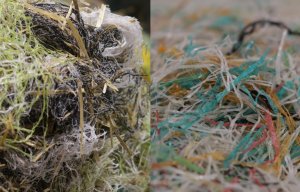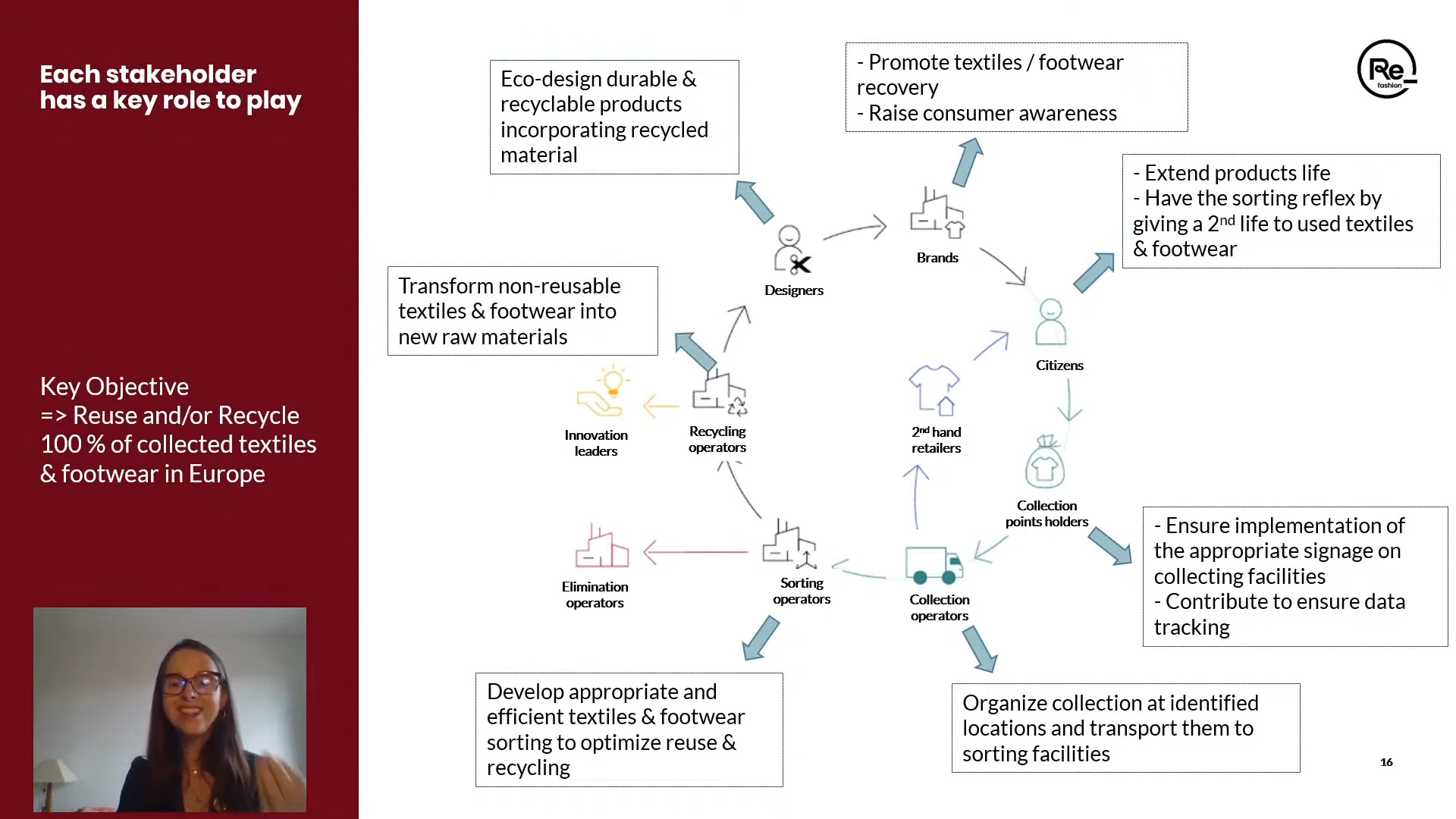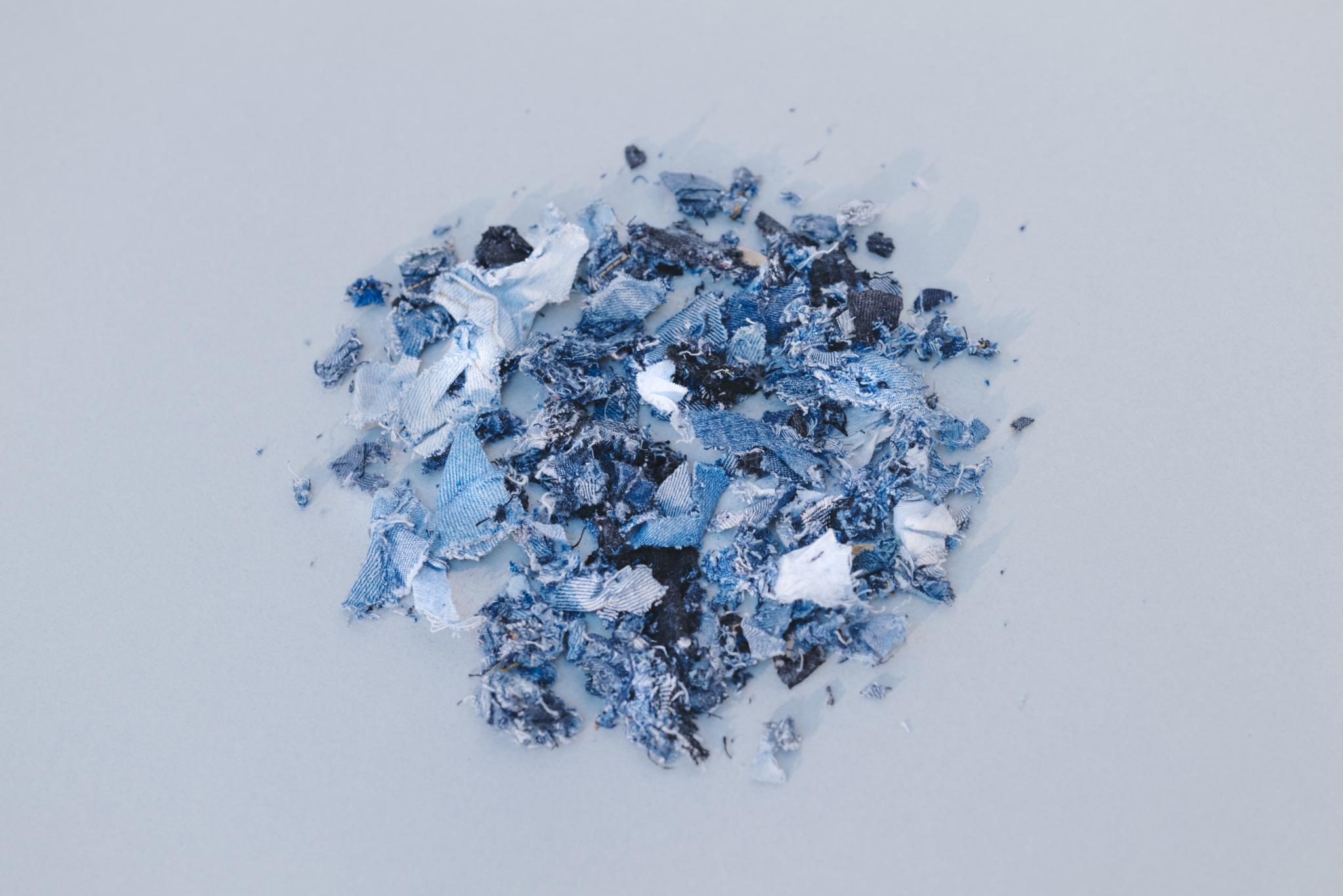
New life for nets and twine
Opinion


There are now 44,000 collection points for textiles and footwear in France, which equates to one for every 1,490 inhabitants.

28th September 2021
Adrian Wilson
|
Dornbirn, Austria
At the recent Dornbirn Global Fiber Conference (September 15-17) Maud Hardy, circular economy director for Paris-based not-for-profit Refashion, provided a French perspective on Extended Producer Responsibility (EPR).
The European Union’s Waste Framework Directive is having a galvanising impact on the textiles and apparel industry. It mandates that EU member states must set up separate collection for used textiles and garments by January 1st 2025, and that this waste can no longer be sent to landfill or incinerated. EPR will most likely be the financial instrument that ensures it happens.
If we want a circular model, the cost of waste collection for textiles and footwear plus sorting and recycling needs to be less than the cost of household waste management, otherwise it won’t be profitable and it will not make any sense
At the Dornbirn GFC, the implications of the Waste Framework Directive were explored in detail, with representatives from the nonwovens, textiles, paper, packaging and plastics industries all sharing insights, united by their reliance on either fibres or extruded resins as the basis of their products.
A national EPR scheme for textiles and footwear has, however, been in place in France since 2008, when Refashion was created to manage it, accredited by the French authorities and governed by 29 manufacturers and three industry federations.
Re-evaluating waste
“Our mission is to work towards making fashion 100% circular in the future, by bringing together all the stakeholders to develop eco-design, reuse and recycling and our priorities are rethinking production, reimagining consumption and re-evaluating waste,” Hardy said.

In 2020, the scheme’s now 4,096 members paid €36 million to Refashion, of which €17 million went to sorting operators, €4 million to local community projects and almost €1 million to innovative projects.
Brands placed more than 517,000 tons of product on the French market in 2020, with 204,000 tons collected – a collection rate of 39%. This is up from 27% in 2013, so the scheme can certainly claim to be having an impact.
There are now 44,000 collection points for textiles and footwear in France, which equates to one for every 1,490 inhabitants. Sorters dealt with 156,000 tons of this waste in 2020. Refashion supports a total of 64 sorting centres, 50 of them in France seven in Belgium, four in Holland, two in Spain and one in Germany.
In its first ten years members have invested more than €150 million in the scheme and the key finding is that recycling operations are still not yet sufficiently industrialised or profitable.
“The key objective we now have is to renegotiate the fundamentals of the scheme to really focus on recycling,” Hardy said. “A longer goal is for the stakeholders to become completely autonomous and 100% circular, and Refashion will then disappear.
Recycling is the key
“Used textiles have to move from waste to being new resources. If we look at the European market, we are 500 million consumers each buying 10kg of textiles and footwear per year. This is five million tons a year and one third is separately collected and reused or recycled, the remaining two thirds going to household waste – 3.4 million tons incinerated or landfilled. This is dramatic, but what we have to understand is if we want a circular model, the cost of textile and footwear collection plus sorting and recycling needs to be less than the cost of household waste management, otherwise it won’t be profitable and it will not make any sense, but collection will be mandatory in 2025 in any case.”

Recycling is the key driver, she added.
“When we look at the evolution of the split between reuse, recycle and waste over the last ten years, and for the next ten years, reuse is going to decrease and recycling will have to increase because we will not be able to have any more waste. The more you collect, the less you will be able to reuse, so it’s a necessity to create a profitable recycling industry in Europe and this is paramount before increasing collection.”
This must be addressed in Europe, she stressed.
“Currently what’s collected for reuse is going to Africa and for recycling it’s mainly going to Asia. The key issue here is to invest massively to develop industrial and profitable recycling solutions here in Europe.”

Business intelligence for the fibre, textiles and apparel industries: technologies, innovations, markets, investments, trade policy, sourcing, strategy...
Find out more